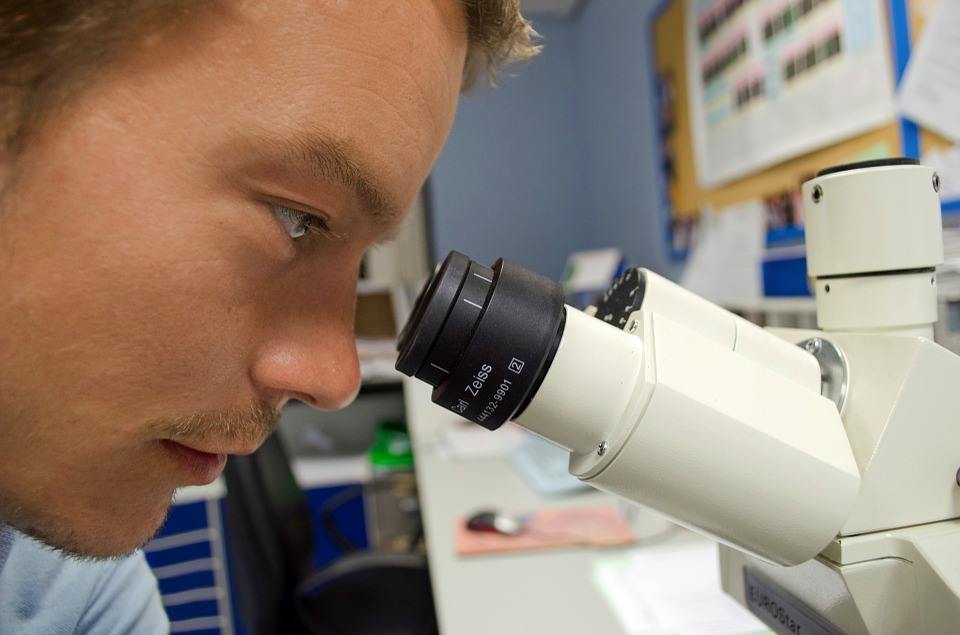Over the last few years it would be fair to say that there has been a real investment in science across the country. For a long time, Maths and English were seen as the core subjects, but now this is changing and it appears to be for the greater good.
These changes are very much prevalent in the classroom itself as well. This is the reason today’s post has been put together and we will now take a look at some of the obvious trends in relation to science in the classroom.
Experiments are now the key to everything
Once upon a time, textbooks were everything. Schools would invest much of their budget in these books, before asking children to learn from them and work through them through the course of the year.
Suffice to say, it was hardly an engaging experience. Children became bored and something which has the potential to be a fascinating subject was actually transformed into something that was pretty mundane.
Now, this is changing. Sure, there is a time and a place for textbooks and one has to think that they will always be seen as a tool in the classroom. However, there is now a lot more emphasis on conducting experiments in class. A quick look on the blog of S R Buzzi shows just how much some teachers invest in classroom experience and ultimately, the effect they have on the children participating in them. It means that schools have to invest more in equipment, than textbooks, but this practical application really can boost engagement and ultimately set them up better for real world science which relies heavily on experiments.
Sustainability is the buzzword
If you have kept tabs on the news over recent years, this next trend will not come as a surprise in the slightest. If we hone in on the first point we made, in relation to experiments, a lot of these experiments relate to sustainable topics.
For example, in physics, solar experiments are now commonplace. In chemistry, more of an emphasis on how various chemicals react in relation to the environment is placed upon.
In short, the main objective for authorities around the world is to make it more sustainable. This process starts in the science lab, where children can learn about the fundamentals before applying it in later life.
It’s now been taught to children of all ages
A couple of decades ago and science was a topic that was just reserved for older children. If you were under 10-years-old, the amount of contact time you received in relation to science teaching was low to say the least.
Now, the authorities are attempting to open it up to children of all ages. Again, there is a direct link to the first point we made; experiments are key here as this is something which particularly keeps little minds interested in the subject. Of course, the experiments are relatively low-key, but are still sufficient to attract interest.

 2018 ·
2018 ·
Leave a Reply